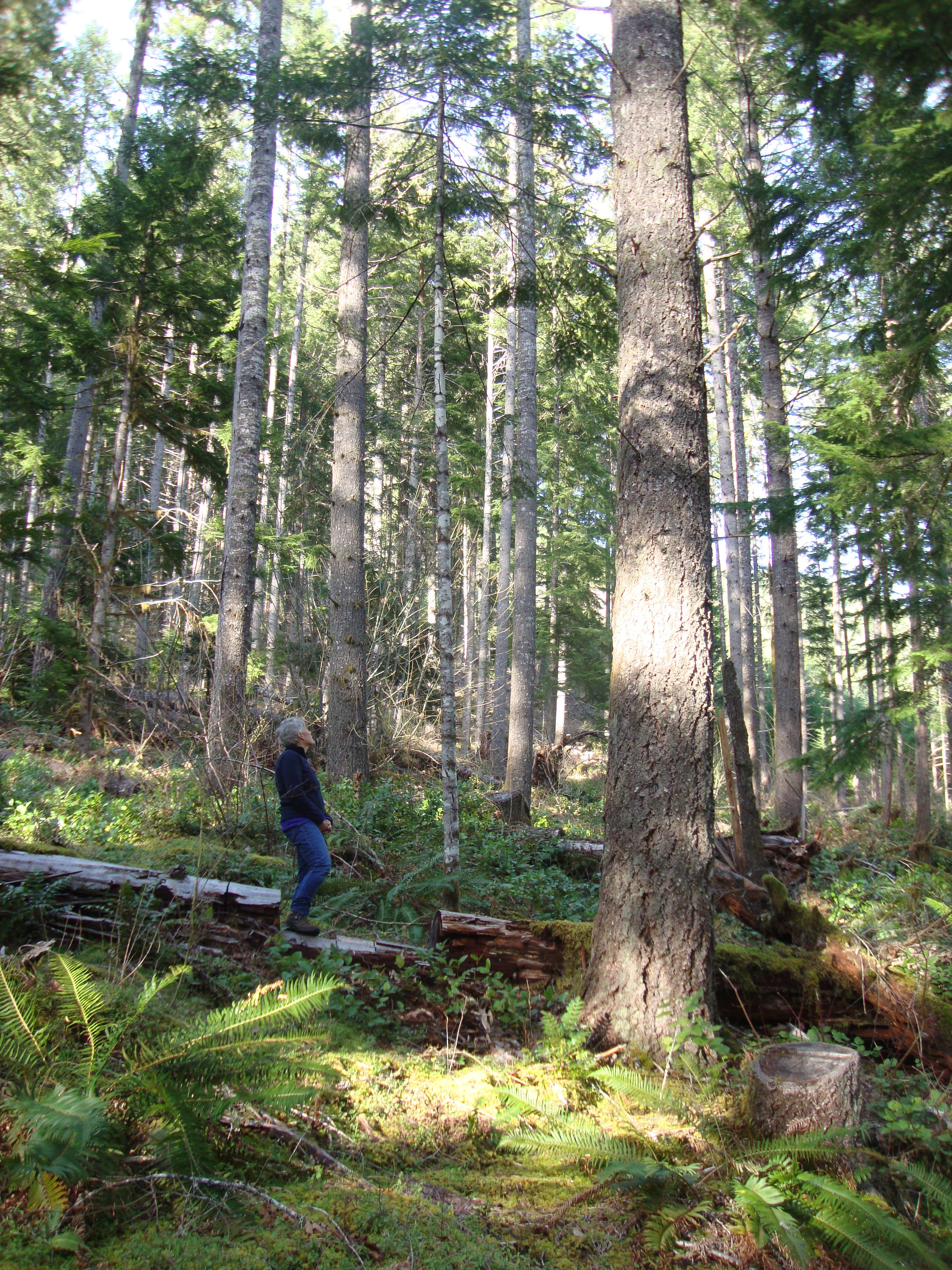The summer and fall seasons in the Pacific Northwest are typically warm and dry, and solar radiation and breezes affect temperature and moisture content of the air under the forest canopy. In forest plantations, in which all trees are of similar height, the sun heats the canopy and creates an inversion—the air closest to the ground is cooler, and air near the top of the tree canopy is warmer. On days with strong canopy heating, this inversion limits moisture loss through the top of the canopy and enhances winds that flow downslope below the canopy, carrying moisture out of the system. On days with less canopy heating, winds mix air above and within the canopy and promote moisture loss to the air above the forest canopy. Regional models project declining dry-season relative humidity in the future. Collectively, these findings indicate that future climate conditions will increase vertical and downslope moisture loss from forest plantations, which represent a large fraction of forest cover of the Pacific Northwest of the USA.
Drake, S. A., Rupp, D. E., Thomas, C. K., Oldroyd, H. J., Schulze, M., & Jones, J. A. (2022). Increasing daytime stability enhances downslope moisture transport in the subcanopy of an even-aged conifer forest in western Oregon, USA. Journal of Geophysical Research: Atmospheres, 127, e2021JD036042. https://doi.org/10.1029/2021JD036042

